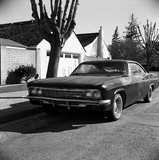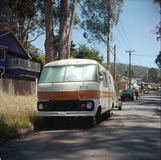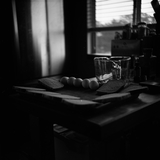Lubitel 166 Universal
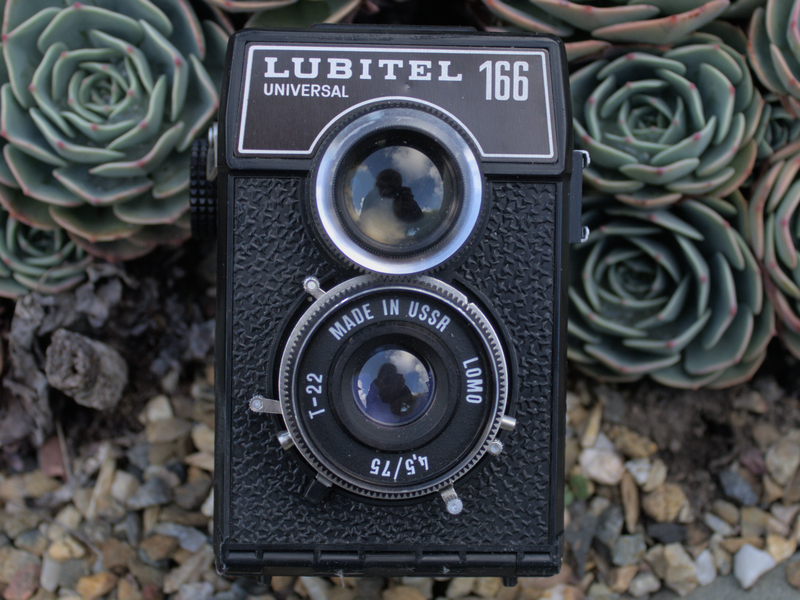
- Year: 1980
- Manufacturer: LOMO
- Origin: USSR
- Film Format: 120 6x6 or 6x4.5
- Lens: T-22 75mm f/4.5
- Lens Construction: 3 Elements/3 Groups
- Focus: 1.3m to infinity
- Shutter Type: Leaf Shutter
- Shutter Speeds: 1/15-1/250
- Meter: N/A
- Viewfinder: Waist Level Viewfinder
- Exposure Modes: Manual
- Flash: PC Sync Socket, 1/250 Sync Speed
- Battery: N/A
- Dimensions: xxmm, cm3
- Weight: 472g
I always assumed that getting into medium format photography would end up costing hundreds of dollars, and would be something I'd have to wait years to enjoy. Then one day one of the TAs in my photography class told me that he'd ended up with two of these Soviet TLRs, and asked if I'd like to buy one for the princely sum of $10. I of course said yes, and just like that I was the owner of a lovely little twin lens camera that quickly became one of my favorites.
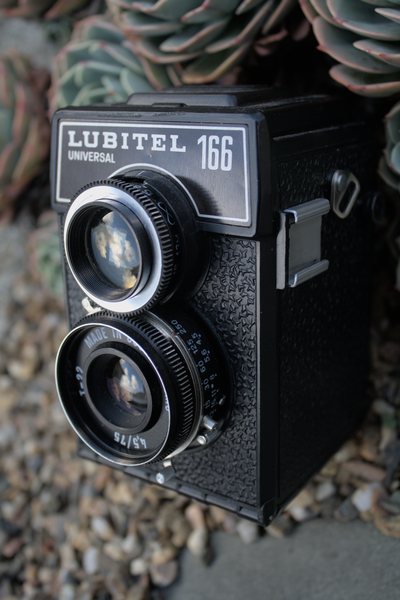
The Lubitel 166U began life back in 1949 as the Lubitel, which itself was largely a copy of the Voigtlander Brilliant of 1932. There was an unsuccessful attempt to add an automatic frame counter and hot shoe with the Lubitel 166, but it proved rather unreliable, and the following 166B and 166U would revert to cameras very similar to the original Lubitel. The 166U's main new feature was that it included a plastic mask you could install to allow you to shoot images in 6x4.5 format, allowing 16 shots per roll instead of just 12. While certainly a nice feature, my copy leaves bright lines scattered across other exposures, so I've only used on a single roll.
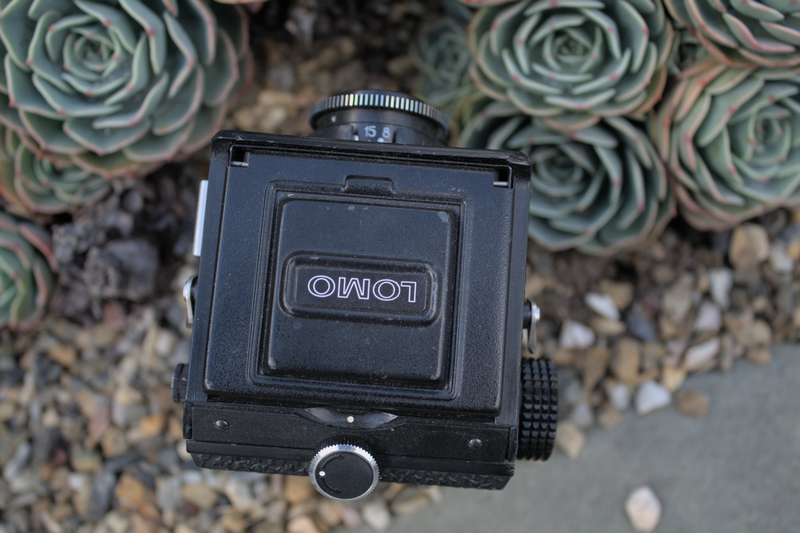
Otherwise, the 166U is a fairly straightforward twin lens reflex. Film is advanced by a knob on the right, and frames are counted using a red window on the back. The lenses are geared together, so turning the focusing lens also turns the taking lens. Focusing is a bit of a chore on this camera, as only a small circle in the center of the viewfinder is available for focusing. The rest of the viewfinder is constantly in focus, and while this does provide a very bright image, it leaves you peering at the center and moving the lens back and forth trying to find focus. There is a small magnifying glass you can flip out to aid you, but it can only help so much. Aperture and shutter speed are controlled by levers around the lens, as are shutter cocking and release.

None of this sounds particularly sophisticated, and it isn't, but the Lubitel makes up for it by producing fantastic photos every time. Maybe the controls have something to do with it, making you spend a long time considering each shot, but the lens also helps by making the shots you do take come out lovely and sharp each time. It also helps that you end up holding it at waist level, so you end up with a different perspective than the usual eye-level that most cameras give.
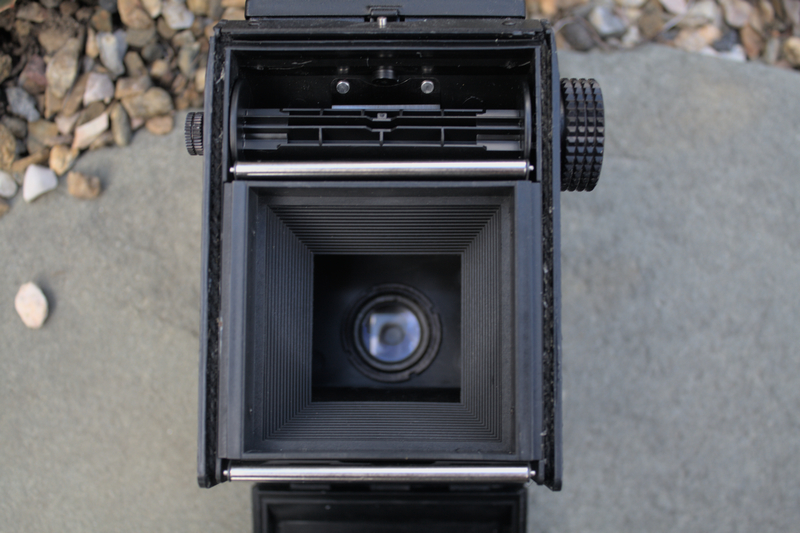
Of all the cameras I own, this is one of the ones that makes me want to take it out and shoot it most often. Between the historical-feeling control layout and the lovely photographs that always result, it's always a real pleasure to take shooting. I just have to set aside some time for scanning, as the huge negatives always take forever for my computer to work with. It's easily one of my favorite cameras I own, and probably the best $10 dollars I've spent on photography.
